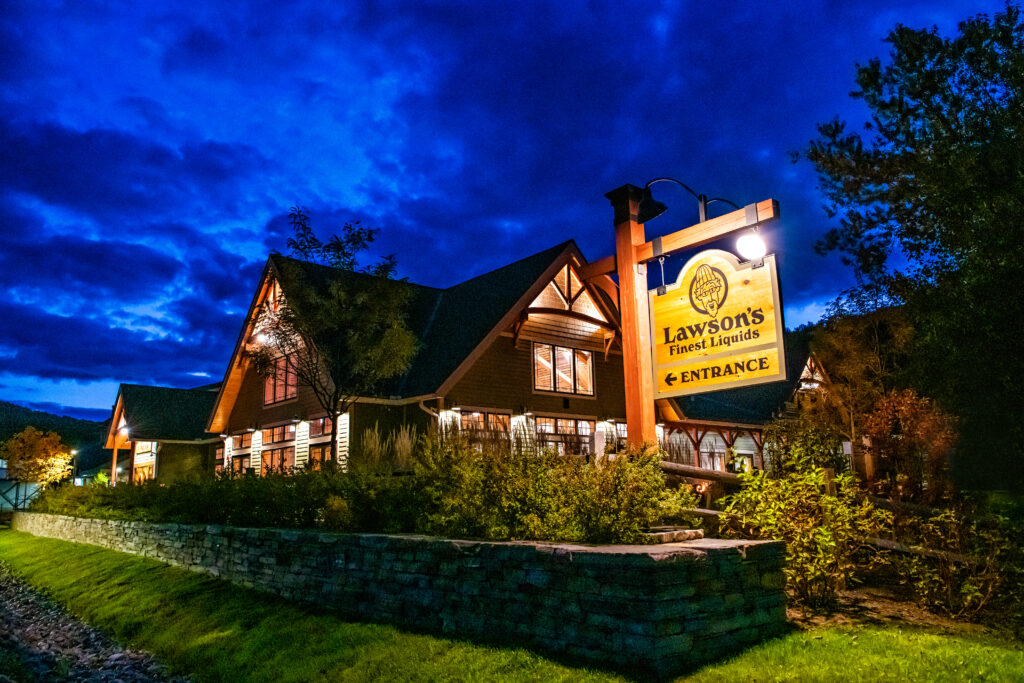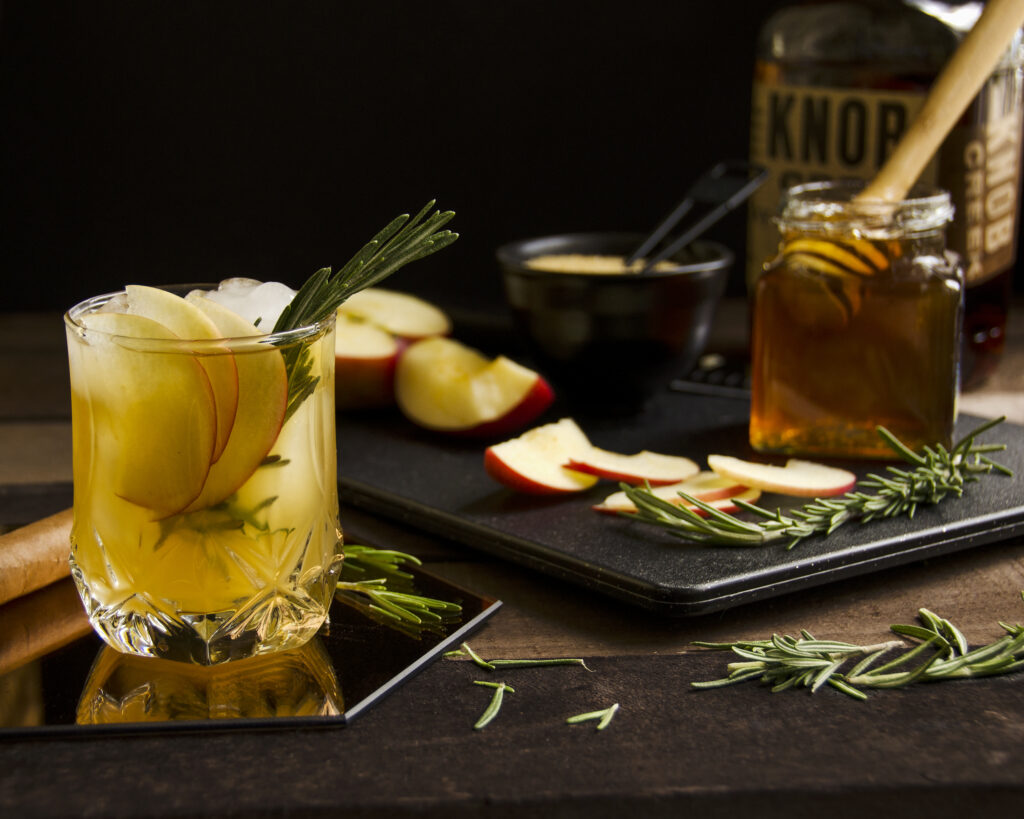
By: Tarah K. Remy, Dinsmore & Shohl, L.L.P.
Visiting a brewery is meant to be an experience, and customer engagement plays a large role in creating a great one. As the owner, you know your brews are unparalleled, and your goal is not only to share them, but to keep customers coming back. One way to do this is to establish an inviting atmosphere. In most cases, that involves music.
Music and beer go way back. In 1800 B.C.E., the Sumerians composed the “Hymn to Ninkasi,” which served as not only a song of praise to their goddess of beer, but also as an ancient recipe for brewing. So, it is safe to say when a customer walks into your brewery, they’ll expect to hear music playing over the loud speakers, or even to see a live band. However, there are serious intellectual property considerations every brewery must take into account when choosing music to create that perfect experience.
What the Copyright Act Protects
As a general matter, the Copyright Act lays out the basic rights of a copyright owner. Among other things, it protects a songwriter’s and their publishers’ (the copyright holder) musical composition or written work, also known as a musical work. When a musical work is performed or broadcasted in a public space, the copyright holder is entitled to receive a performance royalty, which is the money paid to the copyright holder in exchange for the right to publicly perform their musical work.
Why Your Brewery Needs a Performance License to Play Music
Copyright is a form of property, and once music is written down or recorded, it is copyrighted. The copyright holder is the owner of that copyright and is granted a performance right to the copyrighted materials. If you want to publicly perform a musical work, you need to pay a performance royalty to the copyright holder. The performance license acts as written permission to play a copyright holder’s musical work in a public space.
Doing so without a performance license, (without legal permission) places your brewery at risk for litigation. Though the Copyright Act limits the award for copyright infringement to between $750 to $30,000, it is within the court’s discretion to award between $200 to $150,000, not including attorney’s fees and costs. Whether the court can increase or decrease the award depends on whether you knew you were violating copyright law. No matter the circumstance, if you violate copyright law, you will be required to pay, and the gamble of just how much is not worth the risk. Acquiring a license removes the guesswork and allows you to maintain control over your brewery’s finances.
When You Need to Consider Acquiring a Performance License
You will need a performance license or permission from a copyright holder under at least the scenarios below:
1. The musical work is played in your brewery using Spotify, Amazon music, Pandora, Apple Music, or any other streaming service. Though you are covered bunder your personal subscription to play music for yourself or in very small spaces, once you plug your device into a loud speaker to be played in a large space where a substantial number of people are present, this triggers the performance license requirement.
2. The musical work is played in your brewery using CDs, records, or anything similar. Buying the CD or record does not count as obtaining a performance license. Once you decide to play your favorite CD or record inside your brewery to be heard by a substantial number of people, in most cases, you must obtain a performance license.
3. A live band is hired to play covers of music originally written by a third party in your brewery. In this case, the venue, not the cover band, is required to acquire the performance license.. If you hire a band to play in your brewery and they plan to play covers, make sure your brewery has a performance license covering the songs on the band’s set list before hiring. Keep in mind, however, this generally does not apply if the band is playing music it has composed or is playing music in the public domain.
How to Obtain a Performance License
Contact a Performance Rights Organization (PRO): You can obtain a performance license through a Performance Rights Organization such as BMI , ASCAP, and SESAC. These entities function as middle men between the copyright holder and the entity acquiring the performance license. Given the rate at which music is played and experienced around the world, it is virtually impossible for copyright holders to keep track of performing rights. Acting as facilitators, PROs acquire rights from these copyright holders and grant a performance license covering their entire music set to businesses and requesting parties. So not only do PROs simplify the process for copyright holders to receive their performance royalties, but business owners no longer need to contact individual copyright holders to acquire performance licenses.
Each PRO covers specific musical works by various copyright holders. By obtaining a performance license through just one PRO, you are limited to that PRO’s specific list of music. Be sure to review each list covered by each PRO to determine whether you need a license from one or all. You can also consider acquiring a blanket license that covers all three of the main PROs (BMI, ASCAP, and SESAC) to reduce the chance of potential copyright infringement claims from these organizations. A blanket license is convenient, as it likely covers a large list of music, which in turn reduces the need to carefully review a cover band’s set list and further gives you the freedom to stream music without a second thought.
Sign Up for a Streaming Service Business Account: Some streaming services, like Spotify and Pandora, offer business accounts. Simply by signing up and paying a subscription fee, business accounts provide access to fully licensed songs. Via their business platforms, these streaming services have obtained performance licenses from PROs on your behalf, and in most cases, they have performance licenses from more than one PRO, which broadens your music list options.
How much a Performance License will Cost
The cost of obtaining a performance license through a PRO may vary depending on various factors, including how many breweries you have, the square footage of your brewery, your brewery’s customer capacity, how often music is played, whether the music is recorded or live, and more. The costs start at $500 and increase from there. Streaming service business account costs can be found directly on their websites, where they periodically provide discounts. At the end of the day, though obtaining a performance license may seem pricey or a low priority, the costs of arguing a copyright infringement claim are significantly higher. Budgeting in the cost of a performance license will save your brewery money in the long run. Here is a link to help you learn more. https://www.bmi.com/digital_licensing/more-information/business_using_music_bmi_and_performing_rights
Finally, keep in mind the Copyright Act covers exceptions to the performance license requirement, meaning it’s possible your brewery may not require a performance license. So before you sign up or register for anything, we always recommend reaching out to an attorney to review the performance license agreements and your circumstances. Additionally, if you are not sure whether your business meets the requirements, or whether your business might be exempt from the performance license requirement, for peace of mind, reach out to your attorney or the Dinsmore Beer, Wine and Spirits team. We are here to help!








